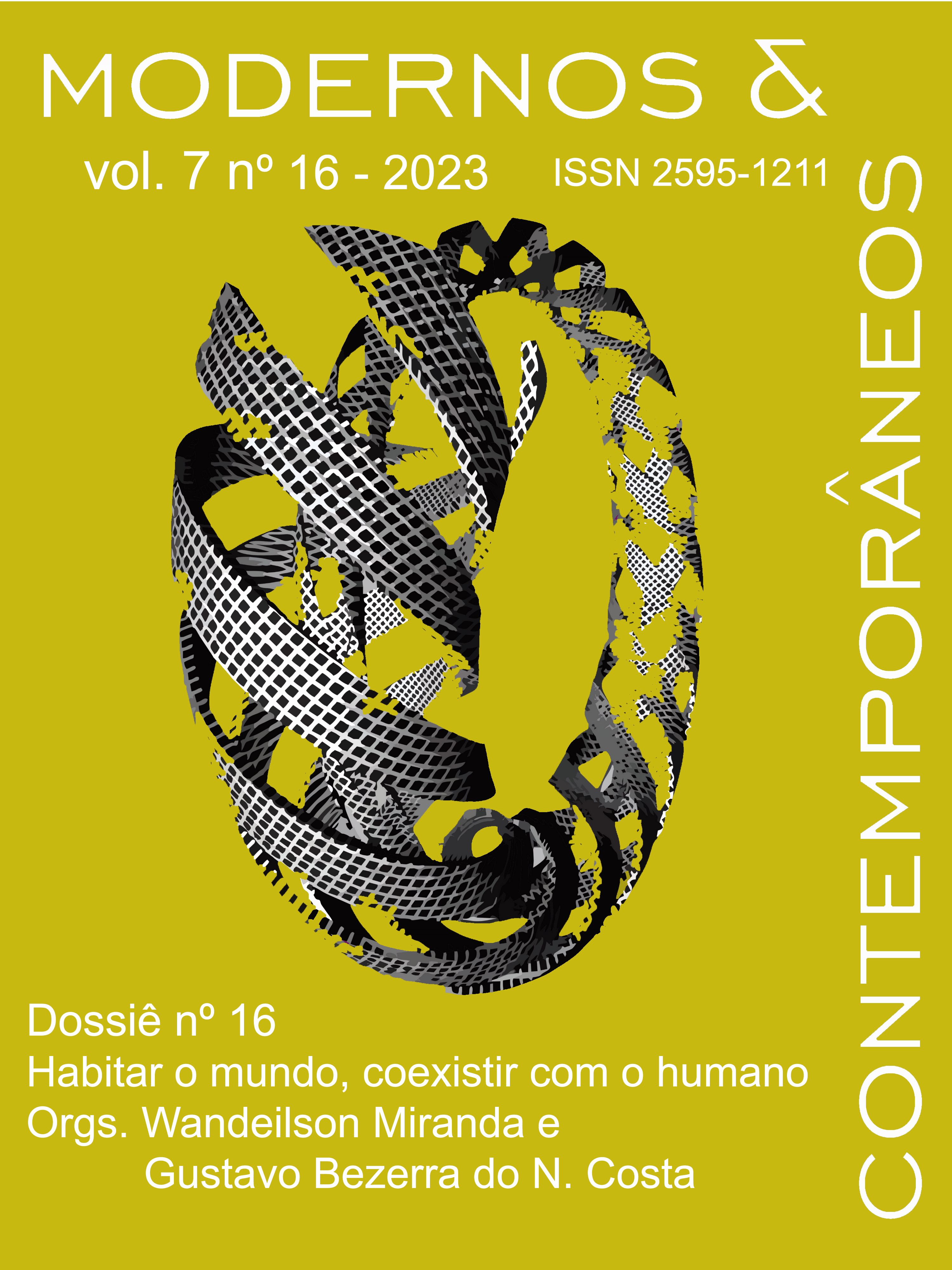Muito além do Infinito e do Instante: O Tempo como Reunião em Śaṅkarācārya e Abhinavagupta
Far beyond the Infinite and the Instant: Time as Reunion in Śaṅkarācārya e Abhinavagupta
Abstract
The inquiry into the fundamentality of Time belongs to a context that transcends theoretical conceptualism and discursive objectification. Its necessity has been, since time immemorial, an existential imperative that pleads for an intimate
relationship between Time (kāla), Knowledge (jñāna) and Happiness or Bliss (ānanda). The purpose of this article is to present some of the central arguments that inform the conception of Time (kāla) in Indian philosophical schools of Non-duality (advaita), in particular the traditions of Śaṅkarācārya’s Advaita Vedānta (8th century) and Abhinavagupta’s Kashmir Śaivism (10th century).
Key-words: Time; kāla; Śaṅkarācārya; Abhinavagupta; Advaita Vedānta; Kashmir Śaivism
Downloads
Published
How to Cite
Issue
Section
License
Copyright (c) 2023 Dilip Loundo

This work is licensed under a Creative Commons Attribution-NonCommercial-ShareAlike 4.0 International License.
Política para Periódicos de Acesso Livre
Aos autores(as) que tencionam submeter suas obras e publicá-las na revista Modernos & Contemporâneos, não será, sob hipótese alguma, cobrado qualquer tipo de taxas, sendo tais procedimentos inteiramente gratuitos.
Autores(as) que publicam nesta revista concordam com os seguintes termos:
a) Todas as obras publicadas na Modernos & Contemporâneos [ issn 2595-1211 ] encontram-se licenciadas com uma Licença Creative Commons Atribuição-NãoComercial-CompartilhaIgual 4.0 Internacional.
b)Autores(as) têm autorização para assumir contratos adicionais separadamente, para distribuição não-exclusiva da versão do trabalho publicada nesta revista (ex.: publicar em repositório institucional ou como capítulo de livro), com reconhecimento de autoria e publicação inicial nesta revista.
c)Autores(as) têm permissão e são estimulados a publicar e distribuir seu trabalho online (ex.: em repositórios institucionais ou na sua página pessoal), com reconhecimento de autoria e publicação inicial nesta revista, já que isso pode gerar alterações produtivas, bem como aumentar o impacto e a citação do trabalho publicado (Veja O Efeito do Acesso Livre)


